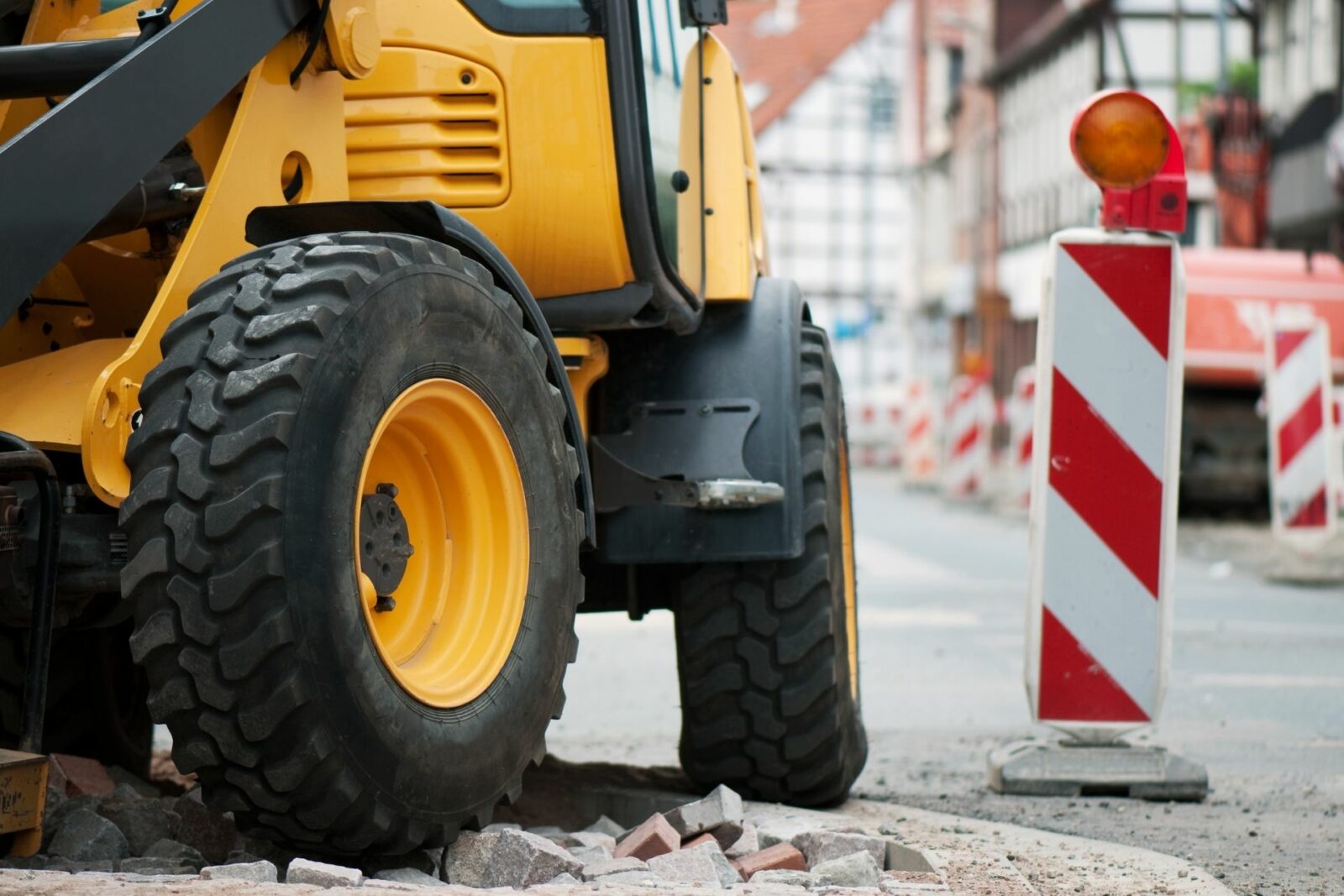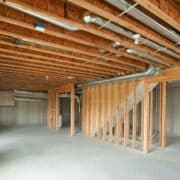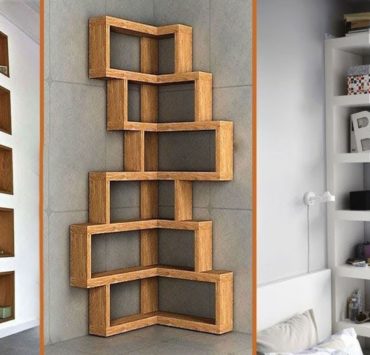COVID-19 has made it seem like our world has come to a standstill. Health concerns aside, the pandemic is affecting economies all over the world. One of the industries that has had to bear the brunt headfirst is the construction industry. As it is, the construction industry is an extremely high-risk industry. At any given point of time, you have at least 10 to 20 people working together in a confined or an open space. Construction during Covid-19 may bring up questions of concern. In times like these, the question of business continuity pops up time and again. Is it wise to risk the lives of so many people? The dilemma of construction continuity versus health risks is a strong one.
The Official Guidelines for Construction Industry During Covid-19
The risk of COVID-19 is increasing gradually. As and when the situation keeps changing, more and more issues keep popping up. How can an industry function when they have to keep track of OSHA and CDC guidelines simultaneously? Especially when they may or may not work well together.
Most states are allowing construction work to go on despite the shelter-in-place order. On April 4, Arkansas Gov. Asa Hutchinson issued an executive order stating that construction companies are permitted to continuing working, but must implement specific social-distancing protocols, including limiting the number of people entering a facility, maintaining 6-ft distances between people, and providing adequate hand sanitizing locations in “appropriate areas.” Meanwhile, Los Angeles Mayor Eric Garcetti issued new COVID-19 safety guidance for construction sites.
Workers and contractors have very little say in the decision-making process. Even though your state might have a certain policy, you will still have to check with your local or county laws to gain a better understanding. COVID-19 is a rapidly changing pandemic. Every day there are new cases that pave the way to new guidelines. New regulations that are passed determine whether or not there is continuity in construction projects.
UCON needs guidance on if, when, and how contractors can work in each county and believes statewide guidance would be best. Cohen says on vital construction—including roads, bridges, highways, water infrastructure, schools, hospitals, and utilities—work must continue in order to maintain and protect the state.
What Will Happen to Remodeling Companies after Covid-19?
It’s safe to say that construction projects won’t return to normalcy any time soon even if they are pursued. The chances are your average job site is going to look drastically different for the months to come. Basic measures like social distancing, PPEs, regular sanitization, etc. will be the new norm. Most of these will affect the way the construction industry functions.
For instance, social distancing guidelines will require workers to maintain a distance of 6ft or more. What would this mean? To begin with, it would result in fewer people working together per shift. Not just that, with the reduced manpower, projects would take longer to complete. Social distancing guidelines would also disrupt shift scheduling and management.
There is a lot at stake when it comes to COVID-19. Every action could result in a potentially catastrophic development. This is why coronavirus is explicitly not exempt from reporting the way a common cold and seasonal flu are. An instance of on-the-job coronavirus transmission may be required to be reported on the OSHA 300 log or on Form 301.
Precaution Guidelines For Home Improvement Companies
N95 masks have been a standard in the construction industry. Their importance is heightened now more than ever. OSHA has laid out guidelines pertaining to reporting coronavirus cases.
First, it must be shown that the virus was contracted on the job. Also, any hospitalizations that occur 24 or more hours after exposure do not need reporting. In the unfortunate event of the death of a worker less than 30 days after contracting the virus on the job, that event would need to be reported. These narrow demands will probably result in few cases reported by construction businesses.
Are Regulations Going to Remain the Same for the Construction Industry?
With many rapid developments, it becomes difficult to enforce regulations effectively. However, basic guidelines should always be followed to ensure the safety and security of the construction workers and by extension their families and local communities. Even something as casual as a lunch break needs to be taken into consideration. Workers are no longer allowed to sit together and have their lunch break. Instead, they are recommended to take their lunch breaks in shifts and sit in different areas while doing so because of social distancing guidelines.
All efforts have to be made to ensure that the job site is as safe as possible. NIOSH, OSHA, and others have guidance that includes a vacuum dust collection system, using wet-cutting techniques and minimizing the number of workers exposed to the hazard. Here are some resources to help construction companies reduce exposure to dust on job sites that reference these techniques for specific tasks:
- Drywall sanding
- Cutting fiber cement siding
- Controlling lead dust exposures
By following these guidelines, the industry can ensure proper safety measures and reduce the chances of transmission.
Conclusion
The waves of this pandemic will stick with us for months to come. As of now, it is all about making sure we’ve got enough strength and resilience to ride it out. The healthcare system is already struggling with the rising number of cases. Hence, it is important to not increase the burden while making sure business functions as normally as it can.
The risk of the construction industry can be held back with strict enforcement of government-issued safety guidelines. To ensure construction continuity it is essential that one keeps track of the latest progress and keeps the safety and security of the human resources in mind.








